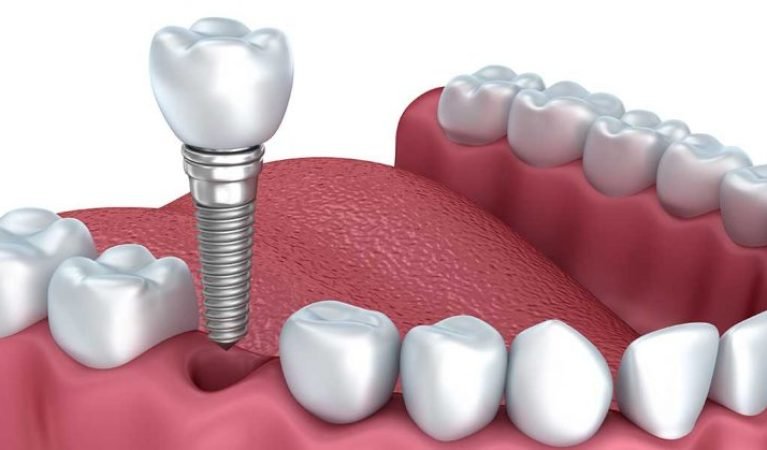
Dental specialists use Dental Implants to replace the missing teeth. It supports the crown that replaces single lost teeth, dental bridges that restore several missing teeth, and even dentures in individuals that have become toothless. However, like your natural teeth, you need to take care of your Dental Implants, Houston. Peri-implant disorders, including gum inflammation and damage to the bones and tissues around implants, can cause significant complications and lead to implant loss.
According to Dental Implants Near Me, maintaining proper dental hygiene at home and regularly seeing your dental specialist is critical. Implants often consist of titanium, a metal known to be biocompatible and capable of bonding with neighboring bone during recovery. Zirconia implants, white rather than metallic in color and have similar bone-bonding properties as titanium, have become more prevalent recently and proved as successful as titanium implants.
What are the stages of implant treatment?
Diagnosis and examination
After addressing the options for treatment that seem to be right for you, your dentist or periodontist will perform a thorough medical assessment of your mouth and take x-rays. A CBCT scan of your jaws to evaluate the shape and status of your bone tissue and locate essential structures such as nerves and nasal passages that may be close to the intended implant site.
It enables the dentist to precisely plan the placement of the Houston Dental Implants. Sometimes ordinary X-rays need to use a CGBT scan to provide 3D images if they need to use reconstruction procedures to develop bone before implant placement.
Implant Insertion
Depending on your unique circumstances, they may do implant surgery in one or two stages. In both situations, they make a small incision in the gum to expose the bone, and then special drills are used to form the implant “bed” into which they place the implants. According to Dental Implant Specialist Near Me, long-term tooth loss, denture wear, and bone loss from periodontal disease, aging, or trauma are all possible causes of a lack of bone near the implant site. When teeth are absent, the gums and underlying bone gradually deteriorate.
Preparation of teeth and impression
After completely healing your gums, your dentist will take a new mold or impression of your teeth and mouth (usually four to six weeks). They will use it to create a model of your teeth, which dental technicians will use to build your crown or bridge to match the rest of your teeth as closely as possible.
Fitting of bridges and crowns
Your dental specialist will bond or screw your new crowns and bridges onto the abutments over the dental implants. It ensures that they fit correctly and look nice and that your top and bottom teeth bite together comfortably. You will have to visit your trusted dentist for several review appointments to ensure that your implants are working well.
Conclusion
We hope the above-given information helps you understand some interesting facts and details about dental implants. The article covers the beneficial aspects and stages of dental implant treatment. For further information about dental implants, please check out emergencydentistinhouston.com.
YOU MIGHT ALSO LIKE
ABOUT ME

Welcome to my blog Artcle slurp. We share latest article for all niche. If you want to publish your article then mail me on articleslurpblog@gmail.com




































